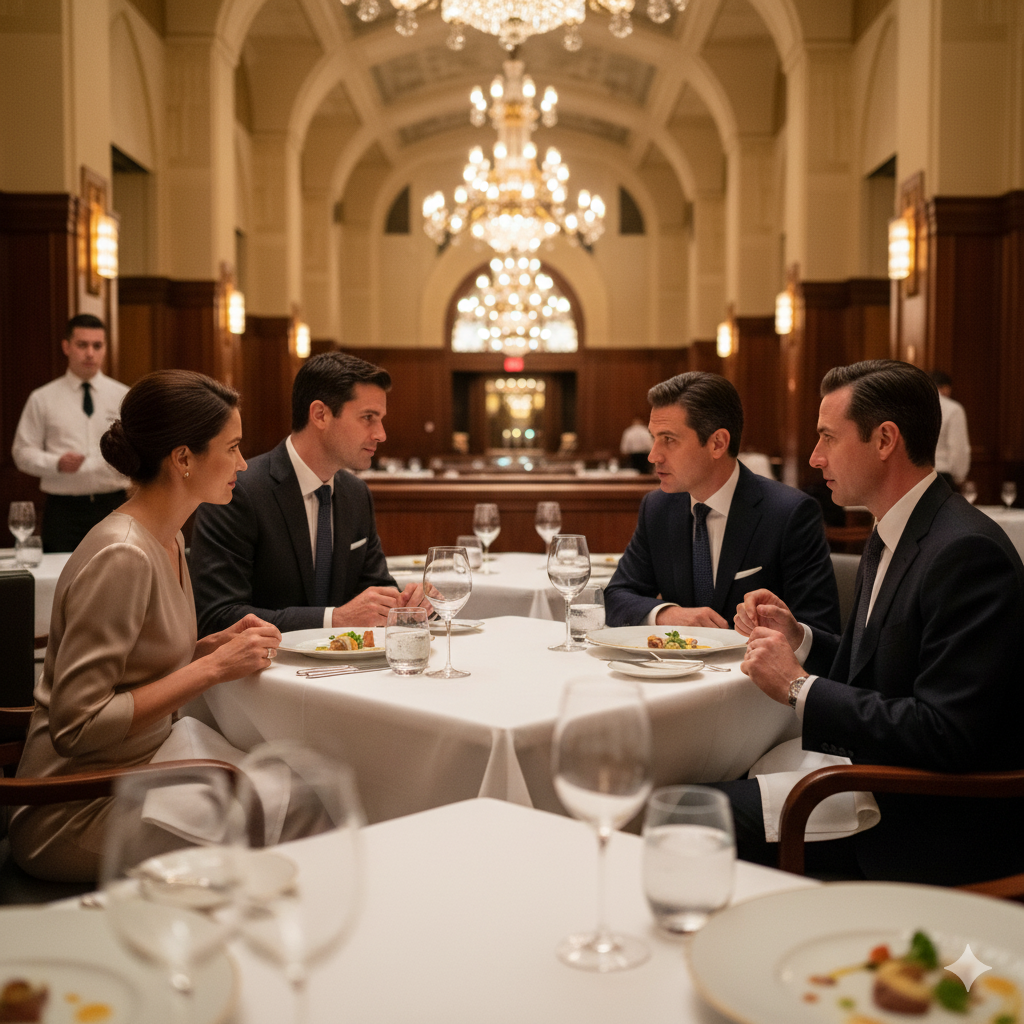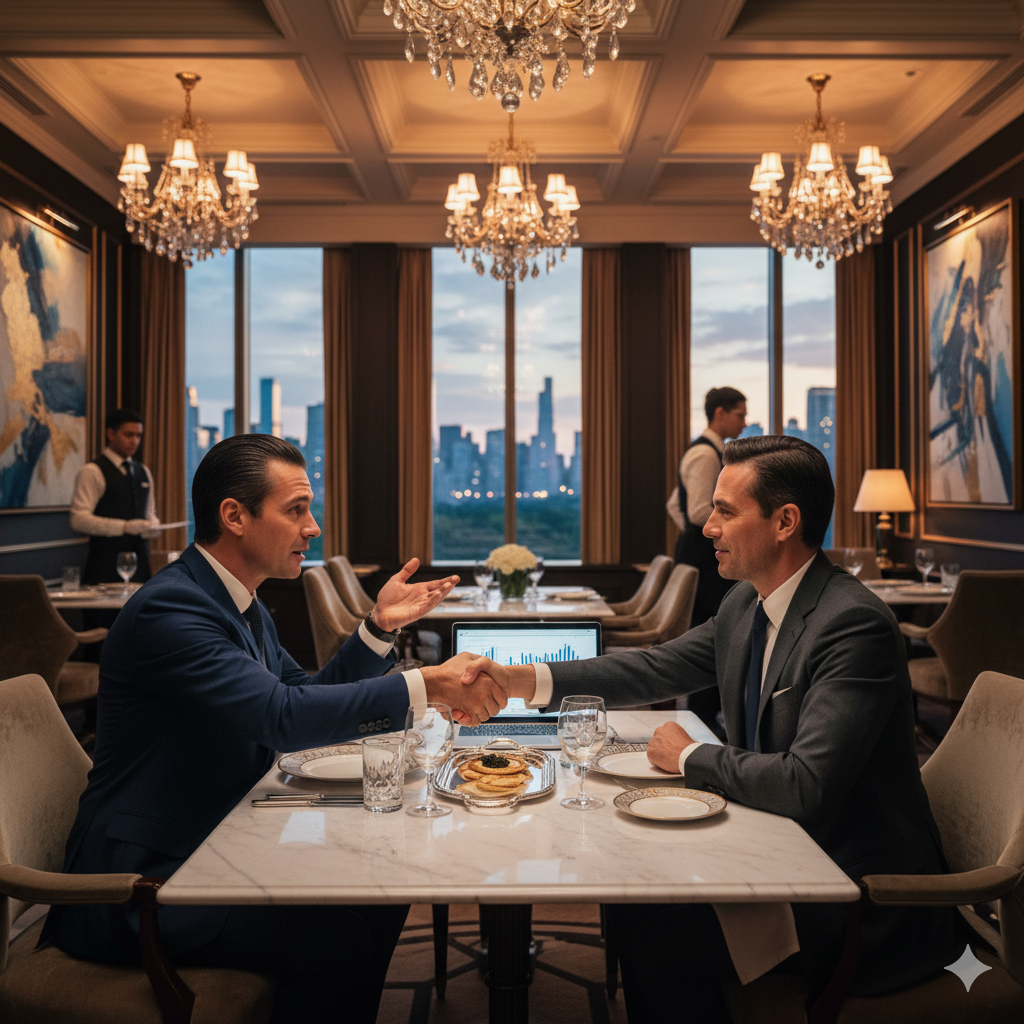The Great Migration Begins
Stella McCartney saw it first. In 2011, the British designer quietly closed her Meatpacking District boutique and relocated to Soho’s Greene Street. Her explanation was strategic: “I think it was the right time for us to move into this kind of position. Maybe a little more grown up.”
What she didn’t reveal was the intelligence driving her decision. Manhattan’s retail winds were shifting, and savvy brands were following algorithmic patterns invisible to traditional market analysis.
Today, luxury brands Madison Avenue migration reveals five secret addresses where the world’s most exclusive retailers are establishing their new command centers.
The Tipping Point Theory
Malcolm Gladwell would recognize this phenomenon immediately. Small changes in Manhattan’s retail geography create massive shifts in luxury shopping patterns. Calvin Klein’s Madison Avenue closure wasn’t just about rent—it signaled a fundamental transformation.
The psychology behind this migration follows predictable patterns. Luxury brands operate like migrating birds, following invisible signals that indicate changing environmental conditions.
When Madison Avenue’s availability rate hit 28.2% between 57th and 72nd streets, smart brands interpreted this as an ecosystem warning. Something deeper was shifting in Manhattan’s luxury retail landscape.
Secret Address One: Washington Street Below Gansevoort
The first secret address sits in plain sight. Washington Street, just below Gansevoort Street, has emerged as luxury retail’s best-kept secret.
Christian Louboutin established his men’s boutique here, followed by Nicholas Kirkwood. These weren’t random location choices—they reflected sophisticated understanding of foot traffic algorithms and customer behavior patterns.
The block offers what Madison Avenue lost: intimate scale, architectural character, and proximity to cultural institutions like the Whitney Museum. Rent averages $280 per square foot compared to SoHo’s $540.
The Whitney Effect
When the Whitney Museum relocated to the Meatpacking District, it created what urban planners call “cultural magnetism.” Luxury brands followed the cultural capital that museums generate.
Gucci tested this theory with a pop-up before committing to their permanent 14th Street and 9th Avenue location. The Swiss brand Bally chose Meatpacking for their first New York store, skipping Madison Avenue entirely.
Secret Address Two: Greene Street’s Golden Mile
Soho’s Greene Street represents luxury retail’s most sophisticated evolution. Unlike Madison Avenue’s formal retail environment, Greene Street offers what behavioral economists call “discovery commerce.”
Stella McCartney’s strategic relocation here proved prescient. The street attracts younger luxury consumers who view shopping as cultural exploration rather than transactional necessity.
Dover Street Market chose nearby space for Comme des Garçons’ curated retail concept. The store functions more like a cultural institution than traditional retail space.
The Discovery Algorithm
Greene Street success stems from psychological principles that Madison Avenue overlooks. Shoppers here feel like they’re discovering brands rather than being marketed to.
This environment suits luxury brands seeking authentic connections with culturally sophisticated consumers. The cobblestone streets and cast-iron architecture create contexts that enhance brand storytelling.
Secret Address Three: NoMad’s Luxury Laboratory
NoMad (North of Madison Square) has quietly become Manhattan’s luxury retail laboratory. The neighborhood combines residential authenticity with commercial sophistication.
Brands here benefit from proximity to Madison Square Park, luxury hotels, and the emerging creative class. Rent costs remain favorable while foot traffic includes both tourists and affluent locals.
The Ned NoMad, part of the Soho House Group, created an ecosystem where luxury retail intersects with hospitality and cultural programming. This integration appeals to brands seeking immersive customer experiences.
The Convergence Effect
NoMad’s appeal lies in convergence—multiple luxury ecosystems intersecting in walkable geography. Restaurants, hotels, and retail create what economists call “agglomeration benefits.”
Luxury consumers prefer environments where shopping integrates naturally with dining, entertainment, and cultural activities. NoMad delivers this integration more effectively than Madison Avenue’s retail monoculture.
Secret Address Four: Hudson Yards’ Vertical Village
Hudson Yards represents luxury retail’s most ambitious experiment. The development creates vertical luxury neighborhoods where brands occupy floors rather than street-level spaces.
ZZ’s Club attracts luxury brands seeking proximity to private member clubs and exclusive dining. The model reflects changing luxury consumer preferences for integrated lifestyle experiences.
However, Hudson Yards’ success remains mixed. Some brands struggled with the mall-like environment that conflicts with luxury retail’s preference for unique architectural contexts.
The Proximity Premium
Successful Hudson Yards retailers benefit from proximity to ultra-high-net-worth residents and private club members. This concentrated wealth creates customer density that Madison Avenue can’t match.
The neighborhood attracts family offices and private equity executives who prefer convenient luxury shopping integrated with business environments.
Secret Address Five: Lower East Side’s Cultural Renaissance
The Lower East Side has emerged as luxury retail’s most unexpected frontier. Brands here target culturally sophisticated consumers who value authenticity over status.
This migration reflects broader shifts in luxury consumption. Younger affluent consumers prefer brands that demonstrate cultural awareness and community engagement.
The neighborhood’s artistic heritage provides brand storytelling opportunities that Madison Avenue’s commercial environment cannot match.
The Authenticity Algorithm
Lower East Side brands succeed by embracing neighborhood character rather than imposing luxury retail templates. This approach resonates with consumers seeking authentic cultural experiences.
Rent costs enable experimental retail concepts and pop-up activations that would be financially prohibitive on Madison Avenue.
The Psychology of Retail Migration
Gladwell often writes about environmental factors that trigger behavioral changes. Manhattan’s luxury retail migration follows similar principles.
When Barneys New York closed in 2020, it removed a crucial ecosystem anchor. Brands that had relied on Barneys’ shop-in-shop presence needed new strategies.
The pandemic accelerated these trends by changing consumer behavior patterns. Luxury shoppers began prioritizing neighborhoods over corridors, experiences over transactions.
The Network Effect Revolution
Successful luxury retail locations now function as network nodes rather than isolated stores. Family offices and private wealth managers seek integrated experiences that combine shopping, dining, and networking.
Madison Avenue’s linear retail model conflicts with network-based consumption patterns. Savvy brands have relocated to environments that facilitate multiple touchpoints and extended engagement.
This shift reflects broader changes in how luxury consumers interact with brands—they want relationships, not transactions.
The Cultural Capital Calculation
Luxury brands increasingly value cultural capital alongside financial metrics. Locations near museums, galleries, and cultural institutions provide brand association opportunities.
The Meatpacking District’s proximity to the High Line and Whitney Museum creates cultural contexts that enhance brand perception. Greene Street’s artistic heritage serves similar functions.
These cultural associations matter more to luxury consumers than traditional retail metrics like foot traffic or visibility.
The Technology Integration Factor
Modern luxury retail requires technology integration that Madison Avenue’s older buildings cannot easily accommodate. Newer buildings in emerging neighborhoods offer infrastructure for augmented reality, digital walls, and integrated payment systems.
Google’s expansion into the Meatpacking District signals the neighborhood’s technology-forward orientation. Luxury brands benefit from proximity to tech innovation and digital infrastructure.
This technological capability enables omnichannel retail experiences that seamlessly integrate physical and digital touchpoints.
The Sustainability Imperative
Younger luxury consumers prioritize sustainability and environmental responsibility. Neighborhoods with green spaces and sustainable architecture appeal to these values-driven shoppers.
The High Line represents urban sustainability innovation that resonates with environmentally conscious luxury consumers. Brands in these areas benefit from association with progressive environmental values.
Madison Avenue’s traditional architecture and car-centric accessibility conflict with sustainability expectations.
The Globalization Paradox
As luxury brands become increasingly global, they seek locations that feel authentically local. The Meatpacking District’s industrial heritage provides unique New York character that global flagship stores require.
Tourists want experiences they cannot find elsewhere. Madison Avenue’s similarity to luxury corridors worldwide reduces its appeal for experiential tourism.
Neighborhood-specific retail environments create memorable experiences that drive social media engagement and word-of-mouth marketing.
The Future of Luxury Geography
The next wave of luxury retail migration will likely target Brooklyn neighborhoods with cultural cachet and favorable economics. Brands continue following cultural and creative communities rather than traditional retail corridors.
Williamsburg, DUMBO, and Red Hook offer opportunities for brands seeking authentic cultural connections and experimental retail concepts.
These areas provide space for brand experiences that extend beyond traditional shopping into community engagement and cultural programming.
The Measurement Revolution
Success metrics for luxury retail have evolved beyond sales per square foot. Brands now track social media engagement, brand advocacy, and cultural impact alongside financial performance.
Locations in culturally rich neighborhoods generate content opportunities that traditional retail spaces cannot match. Instagram-worthy environments drive organic marketing that supplements paid advertising.
This shift requires different location evaluation criteria that prioritize experience over efficiency.
The Generational Divide
Older luxury consumers still value Madison Avenue’s traditional retail environment. However, younger generations prefer neighborhoods that reflect their values and lifestyle preferences.
Brands must balance serving established clientele while attracting next-generation customers. This often requires multiple locations across different neighborhood types.
The most successful luxury brands develop location strategies that serve diverse generational preferences rather than trying to satisfy everyone in one place.
The Return on Investment Reality
While Madison Avenue commands premium rents, emerging neighborhoods offer superior return on investment for many luxury brands.
Lower rent enables investment in customer experience, technology, and brand activations that drive long-term value. The financial flexibility supports experimentation and innovation.
Smart luxury brands view real estate costs as investment in brand building rather than operational expense.
The Social Media Strategy
Instagram and TikTok have transformed luxury retail location requirements. Photogenic neighborhoods generate organic content that amplifies brand reach without advertising costs.
The Meatpacking District’s cobblestone streets and industrial architecture create compelling visual backdrops for social media content. This visual appeal drives foot traffic from social media discovery.
Madison Avenue’s formal retail environment generates less engaging social media content than neighborhood-integrated luxury retail.
The Ultimate Strategy
The luxury brands fleeing Madison Avenue understand a fundamental truth: location isn’t just about real estate—it’s about cultural positioning.
The five secret addresses represent different aspects of New York’s evolving luxury landscape. Each serves distinct customer segments and brand positioning strategies.
As one retail consultant observed: “It’s not about finding the perfect location—it’s about finding the location that perfectly aligns with your brand story and customer aspirations.”
Stay Ahead of Luxury Retail Trends
Understanding where luxury brands relocate reveals broader patterns in consumer behavior and market evolution. These insights drive investment and marketing decisions worth millions.
Discover more exclusive insights about luxury business and private wealth strategies. Visit our related stories:
- The $50M Marketing Mistake Every Family Office Makes (And How Three PE Firms Fixed It)
- Inside the Private Member Club Where VCs Close $100M Deals Over Caviar
Want to advertise with Social Life Magazine or submit your luxury industry insights?
Contact our editorial team to explore partnership opportunities with the Hamptons’ premier luxury publication.





